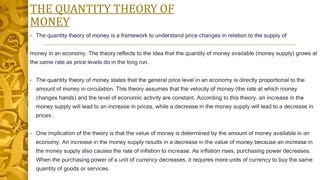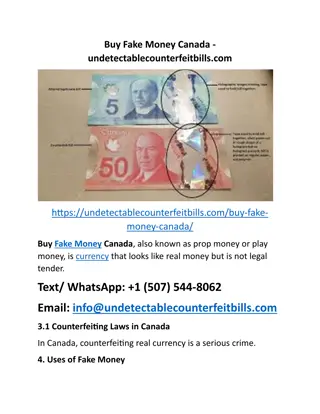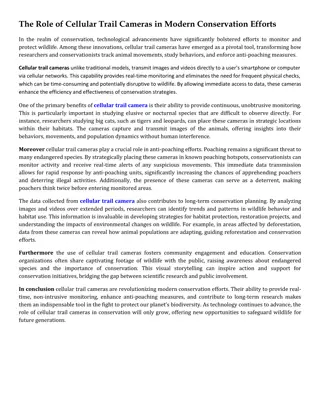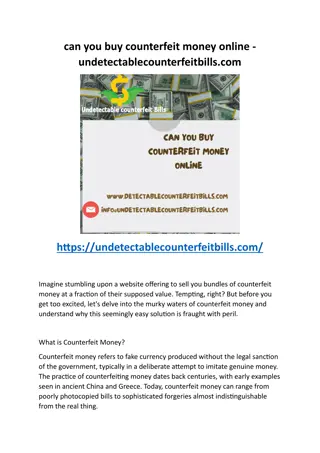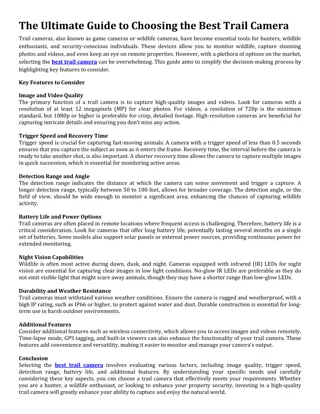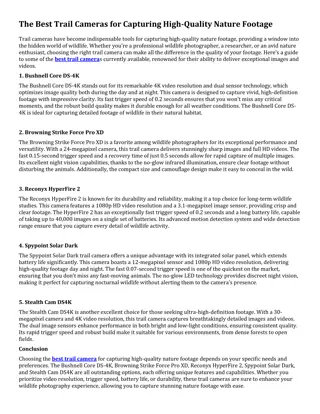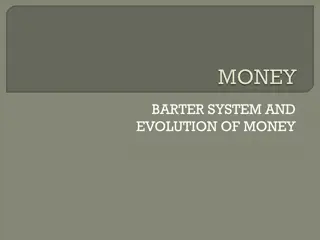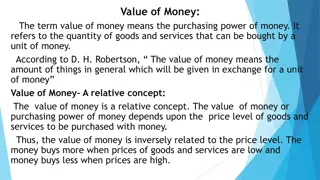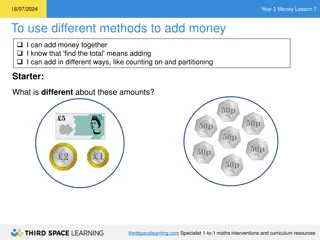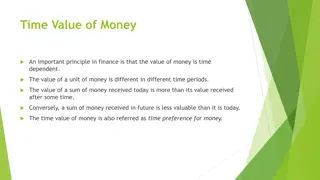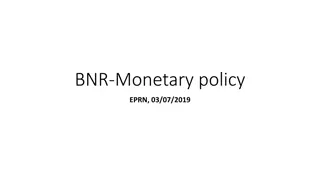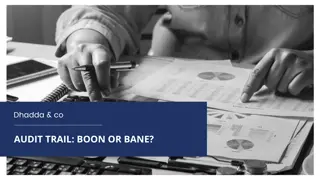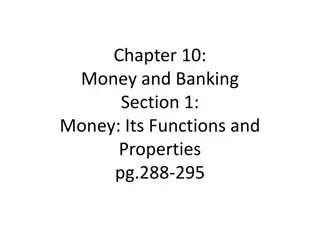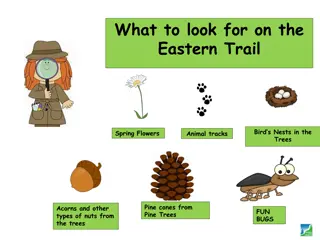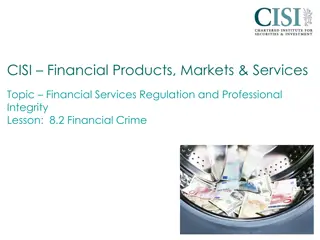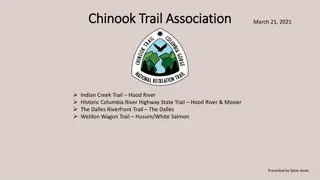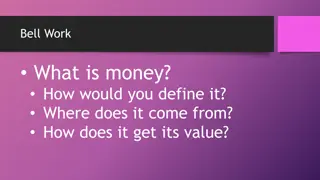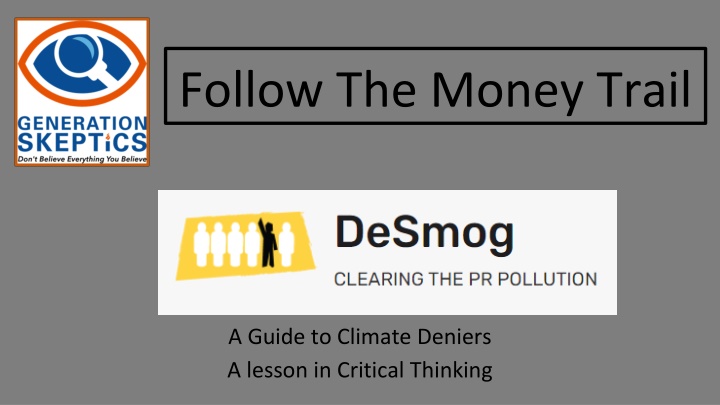
Uncovering Climate Deniers: Follow the Money Trail for Critical Thinking
Learn to identify climate deniers by following the money trail. Explore the financial roots of climate denial with tips on critical thinking. Access resources like the DeSmog Blog to track funding sources and stay informed about organizations shaping climate change narratives.
Download Presentation

Please find below an Image/Link to download the presentation.
The content on the website is provided AS IS for your information and personal use only. It may not be sold, licensed, or shared on other websites without obtaining consent from the author. If you encounter any issues during the download, it is possible that the publisher has removed the file from their server.
You are allowed to download the files provided on this website for personal or commercial use, subject to the condition that they are used lawfully. All files are the property of their respective owners.
The content on the website is provided AS IS for your information and personal use only. It may not be sold, licensed, or shared on other websites without obtaining consent from the author.
E N D
Presentation Transcript
Follow The Money Trail A Guide to Climate Deniers A lesson in Critical Thinking
It is difficult to get a man to understand something when his salary depends upon his not understanding it. Upton Sinclair What do you think this means?
What is climate denial? Climate denial is claiming that climate change is not really happening or is not being caused by humans.
Good tip: When deciding whether to accept a source as credible, it s important to determine if they profiting financially from the information they are giving you. Many climate deniers work in the fossil fuel industry or get paid by the fossil fuel industry to promote doubt about climate science.
DeSmog Blog is a website that tracks the financial roots of climate denial. What is DeSmog Blog?
Go to https://www.desmog.com/ Click on databases Or go directly to the databases here.
Next step, click on Climate Information Database, and choose organization. The following slides also have links to take you directly to the organizations.
Follow the money trail! On the next three slides, you will be asked to click on organizations on the list and answer questions about each organization. Scroll down the information for each organization to find your answers. (You may need to return to organizations if you use the back button).
1. American Council on Science and Health (ACSH) a. What is their published stance (position) on climate change from January 1, 1998?. You can quote them directly on your paper. b. Review their funding sources. Are there any fossil fuel companies funding them? (Koch Industries owns many fossil fuel companies). Go directly to the page here.
2. Americans for Balanced Energy Choices (ABEC) a. What is their major source of funding? b. Scroll down to actions. How much did ABEC spend on advertising to oppose lowering our nation s carbon emissions? Go directly to the page here.
3. Friends of Science a. What are the 6 things Friends of Science wants you to know about climate change? b. Scroll down to funding, the newspaper, The Globe and Mail published that Friends of Science has been receiving undisclosed funding from what 2 interest groups? Go directly to the page here.
4. What do you notice about the names of these organizations? American Council on Science and Health Americans for Balanced Energy Choices Friends of Science
5. Lets say you have been assigned a research paper on climate change. a. Go to How Can I Find Credible Sources. b. They list 7 things a writer should check before using a given source. What are they?
Bibliography Climate Science Glossary. Skeptical Science, https://skepticalscience.com/A-Scientific-Guide-to-the- Skeptics-Handbook.html. DeSmog. Desmog. DeSmog, 7 May 2021, https://www.desmog.com/. How Can I Find Credible Sources? Paperpile, https://paperpile.com/g/find-credible-sources/.
English Language Arts Standards: CCSS.ELA-LITERACY.W.8.1.A Teacher Notes Lesson Length: 60 minutes Introduce claim(s), acknowledge and distinguish the claim(s) from alternate or opposing claims, and organize the reasons and evidence logically. CCSS.ELA-LITERACY.W.8.1.B Support claim(s) with logical reasoning and relevant evidence, using accurate, credible sources and demonstrating an understanding of the topic or text. This lesson can be used in Language Arts or Science classes. CCCCSS.ELA-LITERACY.W.8.1.E Provide a concluding statement or section that follows from and supports the argument presented. CCSS.ELA-LITERACY.RH.11-12.8 Evaluate an author's premises, claims, and evidence by corroborating or challenging them with other information.
This lesson can be used to accompany traditional lessons on climate change. In these lessons, students will learn the causes of anthropogenic climate change, the consequences, and the possible solutions. Students can also gather relevant gather relevant data on global temperatures and other climate-changing phenomenon. This lesson enhances traditional lessons by covering the following NGSS Science and Engineering Practices: Obtaining, Evaluating, and Communicating Information: Gather, read, synthesize information from multiple appropriate Standards (continued) sources and assess the credibility, accuracy, and possible bias of each publication and methods used, and describe how they are supported or not supported by evidence. Evaluate data, hypotheses, and/or conclusions in scientific and technical texts in light of competing information or accounts. Communicate scientific and/or technical information (e.g. about a proposed object, tool, process, system) in writing and/or through oral presentations.
The National Center for Science Education covers climate denial in a comprehensive and accessible manner. Teachers often feel the need to use supplementary materials when covering climate change, particularly because the topic is often left unaddressed in state science standards, curricula, and textbooks. Unfortunately, climate change deniers have developed and are distributing supplementary materials (such as lesson plans and DVDs) that foster confusion about the occurrence, causes, and consequences of climate change. Such climate change denial supplementary materials may be used by teachers who are themselves climate change deniers, who lack the scientific competence to recognize the materials as flawed, or who misguidedly seek to provide both sides of a supposed scientific controversy. Teachers may also be pressured by parents, colleagues, or administrators to use such materials in their classrooms. Important Resources: Checkout for more information: Climate Change Denial Supplementary Materials
This lesson is brought to you by Generation Skeptics GenSkeps aims to develop and foster an understanding of the world through inquiry-based learning. We provide material to complement and enhance existing science and educational programs. The Generation Skeptics Program is a program of the Center for Inquiry. Check out the Generation Skeptics Website


